Gretsch 6120 Chet Atkins 1960 Ex Nile Rodgers / Chic

Gretsch 6120 Chet Atkins 1960 Ex Nile Rodgers / Chic
13900,00 €
Seeking to directly compete with the association between Les Paul and Gibson, Gretsch decided in 1954 to develop its first signature model. Who better than Chet Atkins, creator of the “Nashville sound” and pioneer of entire generations of guitarists, to embody the authorship of this model?
Developed and manufactured by Gretsch in the mid-1950s, the one that charms with its round and delicate shapes was designed with the close support of a Nashville icon, Chet Atkins. Then a user of a Sears Silverstone guitar, the guitarist agreed to represent the brand and shaped this guitar guided by his desires and criteria. Gretsch’s first signature guitar was born.
The Gretsch 6120 is a hollow body guitar that has established itself as a key model in music history. Its smooth resonance and delicate warmth helped elevate this model into a legendary instrument played by Eric Clapton, Pete Townshend, and George Harrison. To summarize its place in rockabilly, just look at the Stray Cats: it was with an old, wide 6120 that Brian Setzer unleashed generations with the band’s great hits and brought this model back to the glory it enjoyed at its release.
Highly appreciated for its acoustic qualities and its enchanting harmonic richness, the Gretsch 6120 managed to win over Nile Rodgers, an icon of disco and funk. The model offered by Matt’s Guitar Shop comes directly from the collection of the former leader of Chic. In orange stain finish, it was made in 1960 and corresponds to the golden age of this guitar at Gretsch. There is no doubt that this legendary model quickly captivated and inspired the sensational American guitarist who used it from the 1980s onward. Known for his refined taste in instruments, Nile Rodgers once again demonstrates with this guitar his knowledge and attachment to the unique soul linked to a few select pieces.
Its maple body reveals the characteristic Gretsch plaque, bearing the printed and stylized signature of its illustrious creator Chet Atkins, while the f-holes reveal the depth of the body. The guitar satisfies with the inimitable Bigsby vibrato, inseparable from the brand’s classic models; while the 6120 borrows the typical inlay pattern of markers on the upper part of the fretboard developed by Gretsch — the neo-classical “thumbnail”.
This legendary guitar, bringing back the fiery roots of rock, comes with its original hard case bearing the inscription of its prestigious pedigree, Nile Rodgers Productions.
Pete Townshend, Electricity Personified
Pete Townshend is electricity. He is fury translated into chords, teenage angst transformed into immortal riffs, the quintessence of rock at its rawest and most explosive. More than half a century after the release of The Who’s first single, the British band continues to tour the globe relentlessly, playing night after night in packed arenas songs that have lost none of their brilliance. On the contrary: so many artists have drawn from Townshend’s playing that the originals still feel defiantly youthful.
Their first major hit, I Can’t Explain (1965), already contains all the ingredients of the magic formula: a nervous riff, sharp attacks punctuated by silence, and pop vocals lifted by bright harmonies. A few months later, My Generation pushed the envelope even further, almost heralding punk before its time, with its sonic nihilism and raw energy.
Over the years, The Who’s music grew more sophisticated. Townshend, the undisputed captain of the ship, early on embraced home studio techniques and experimented relentlessly. A Quick One (1966) already offered a nine-minute mini-opera, the precursor to the ambitious Tommy in 1969. This demanding and visionary double album laid the foundations of the rock opera, unfolding a full story across 24 tracks, including the unforgettable Pinball Wizard with its legendary acoustic riff.
In 1970, Live at Leeds quickly established itself as one of the greatest live albums in rock history: a sonic explosion where the SG Special plugged into Hiwatt achieves an almost indecent density. Then came Who’s Next, tighter in conceptual ambition but just as striking, before Quadrophenia (1973) returned to a more fresco-like form, darker and more introspective.
After the death of the wild drummer Keith Moon in 1978, The Who survived only a few years before breaking up. Townshend then released several highly refined solo albums and revived the band in 1996. Despite the passing of legendary bassist John Entwistle in 2002, Pete continues, tireless, to make his riffs roar on stages around the world (sometimes even smashing his guitars), proving that electricity, when it bears his name, never dies.
Additional information
| Disponibilité | |
|---|---|
| Marque | |
| Artiste associé |

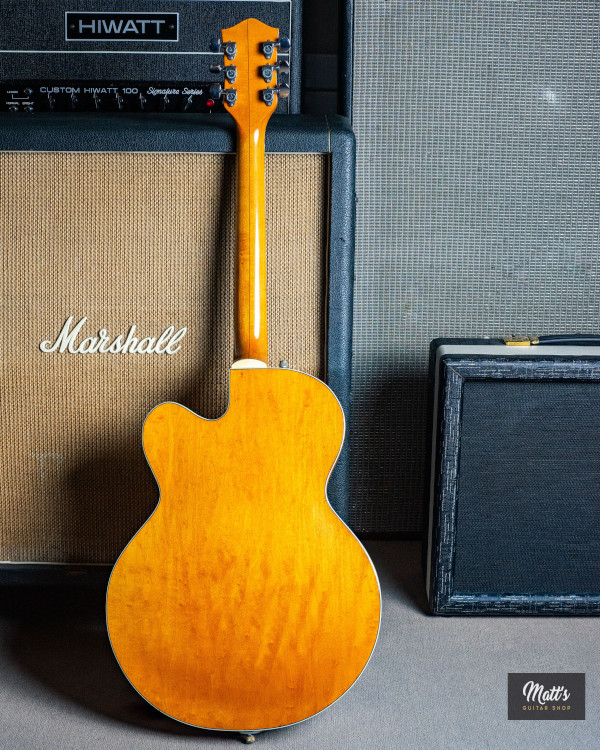

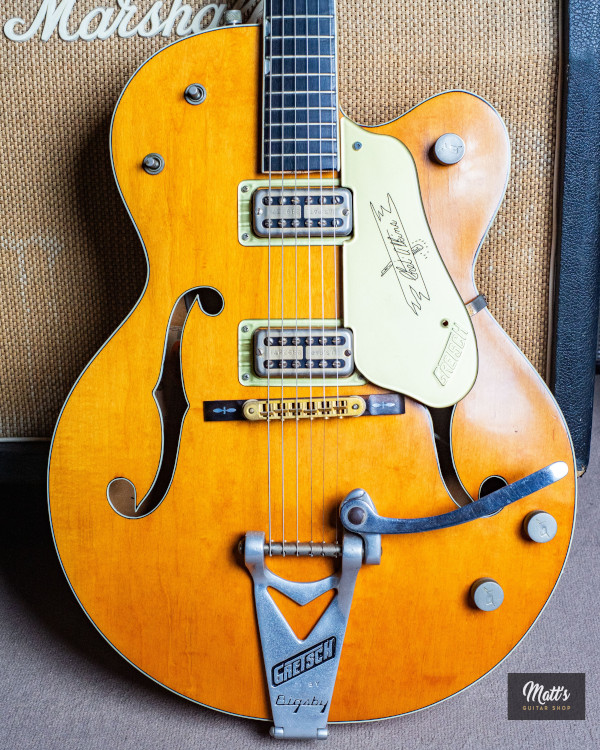
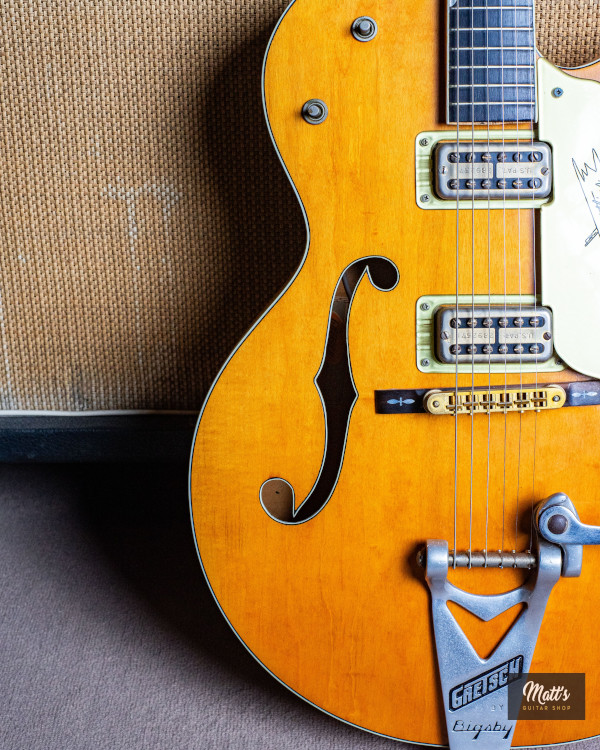
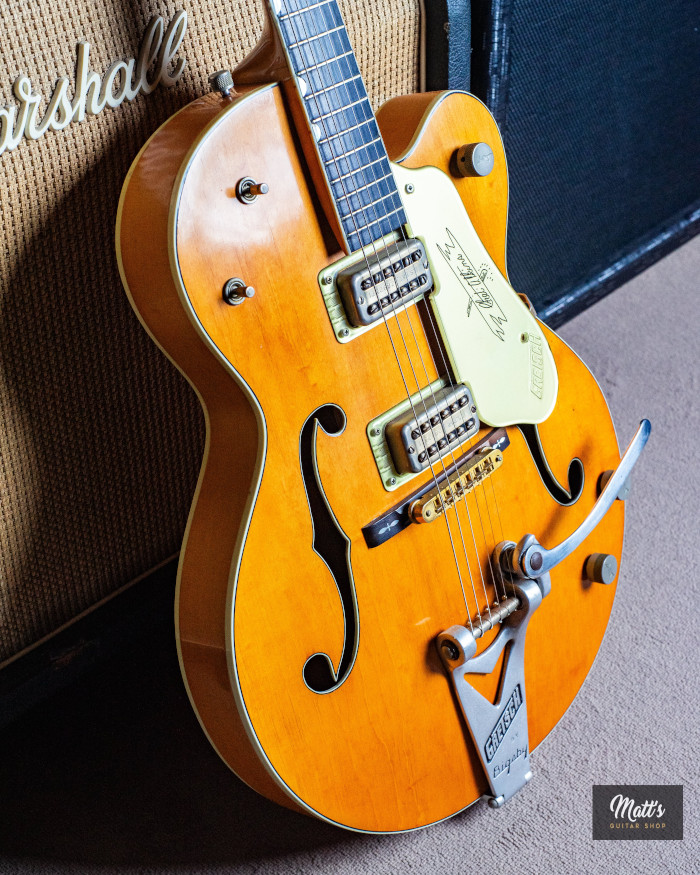
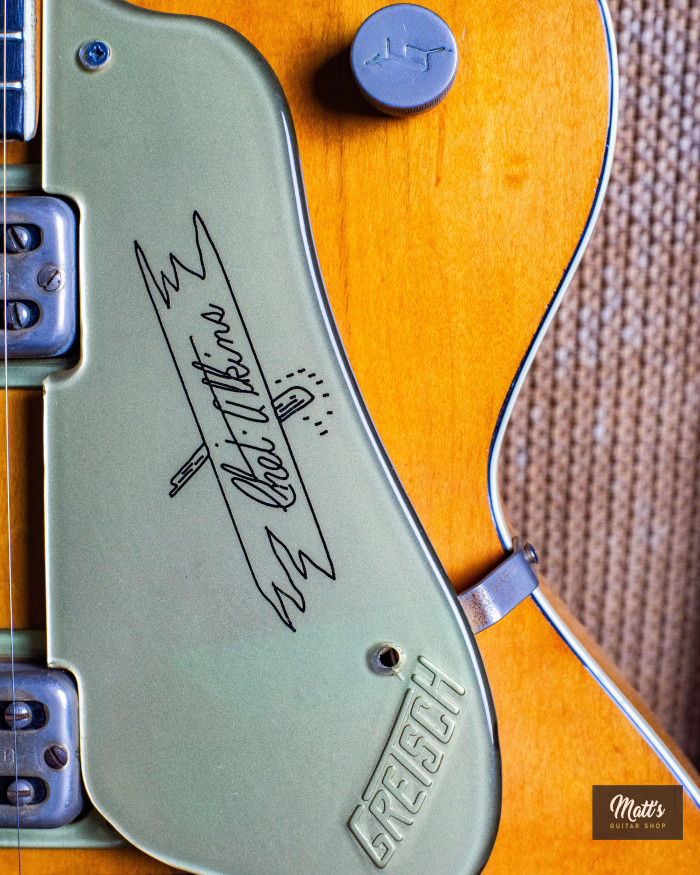
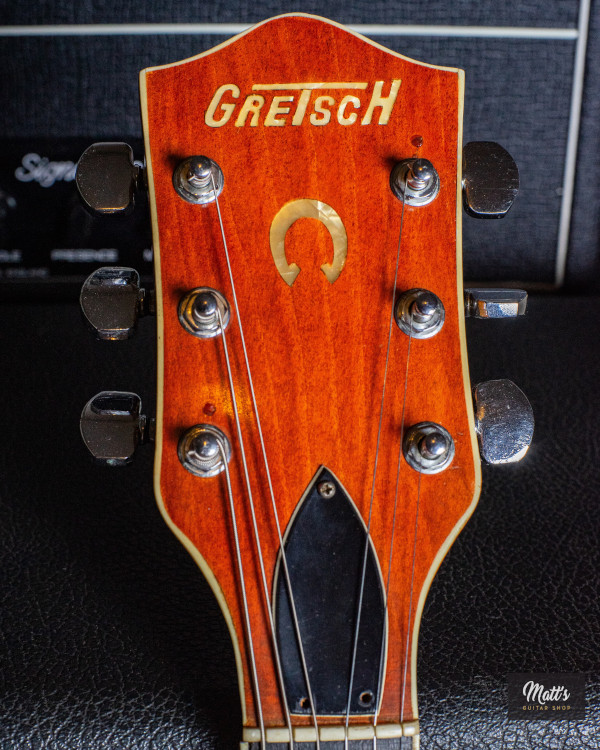
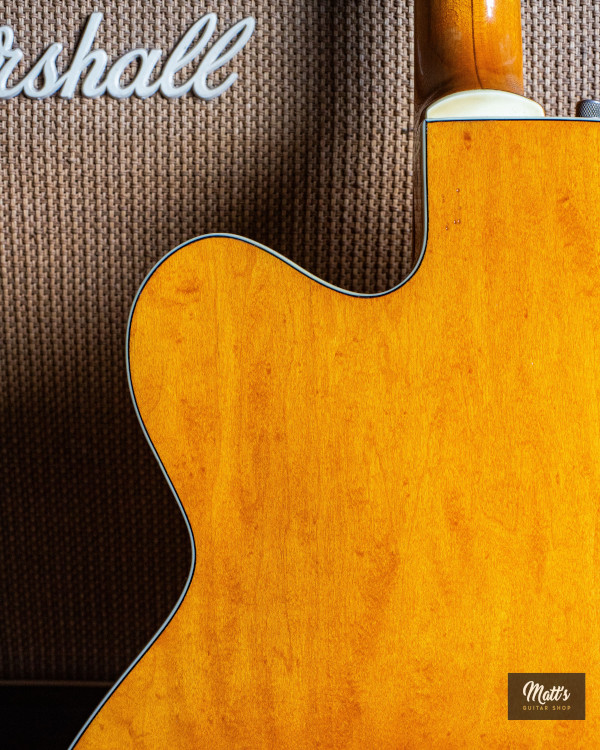
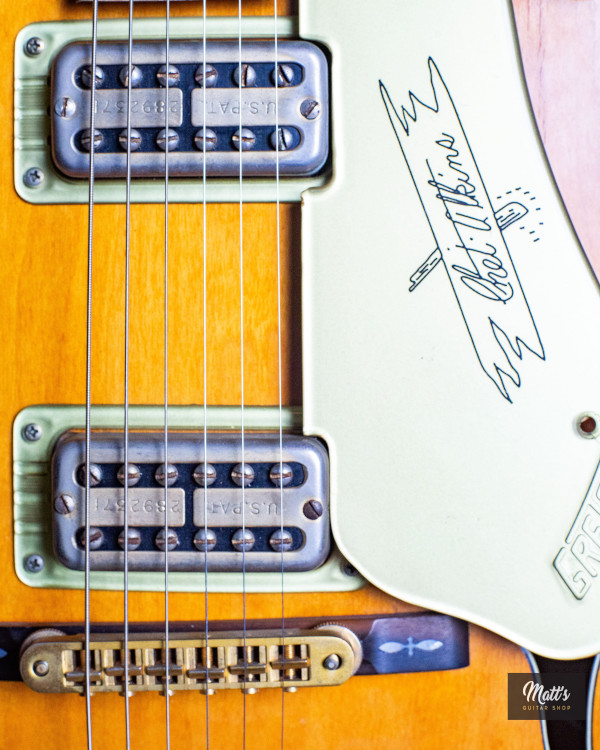
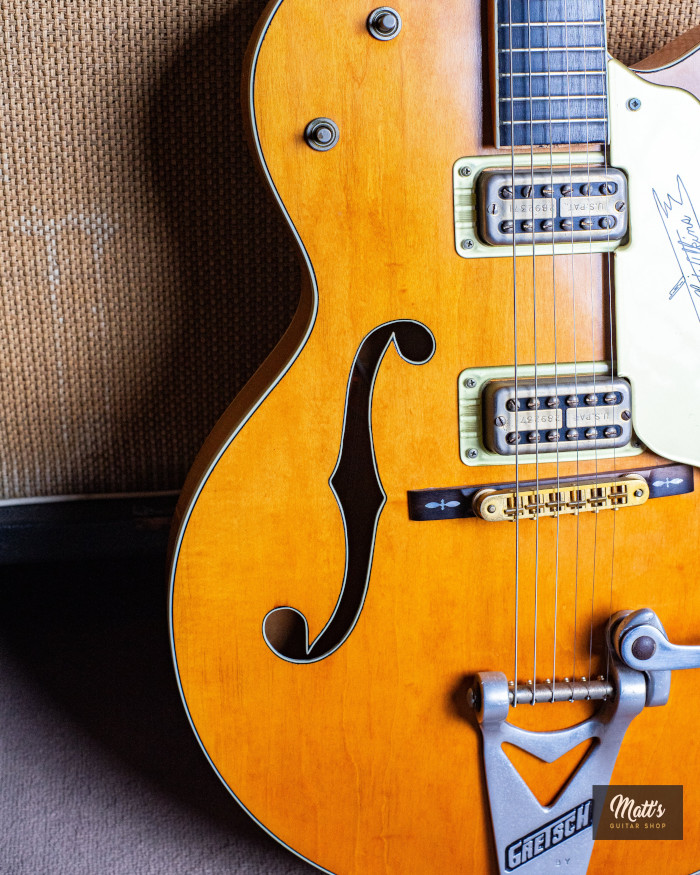
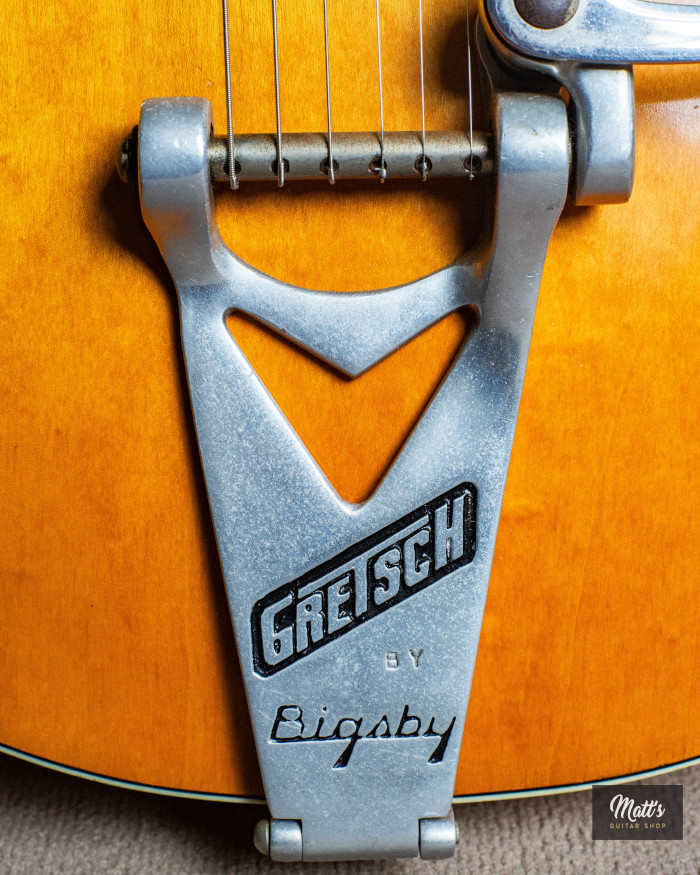


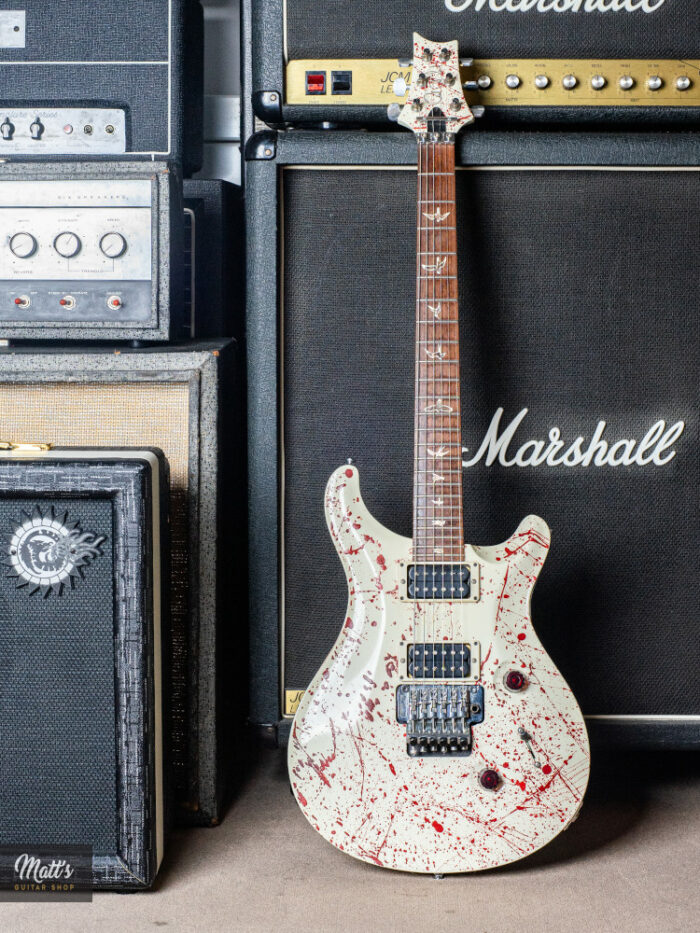
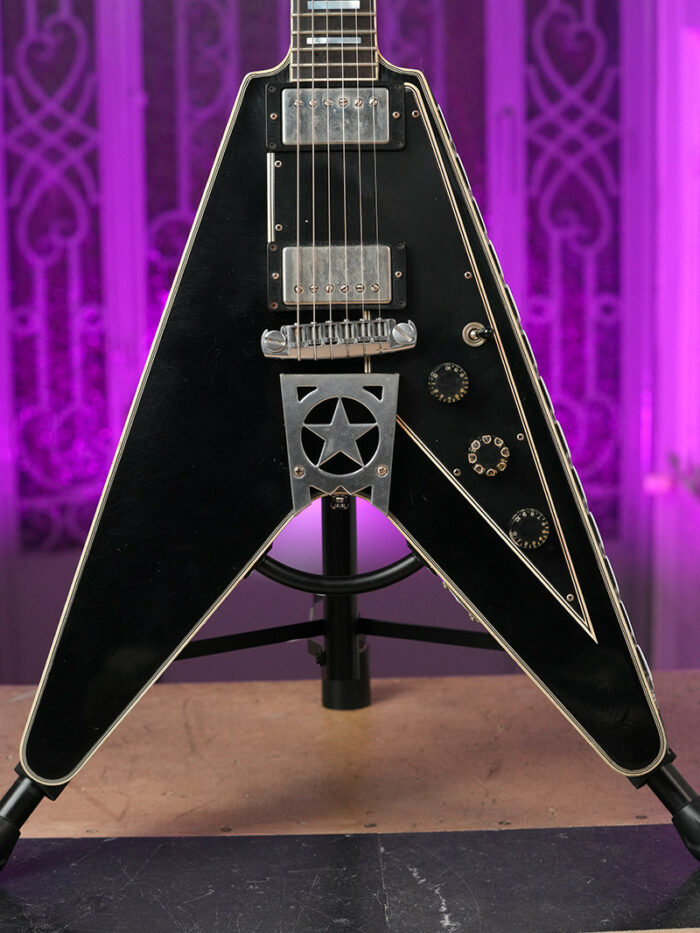
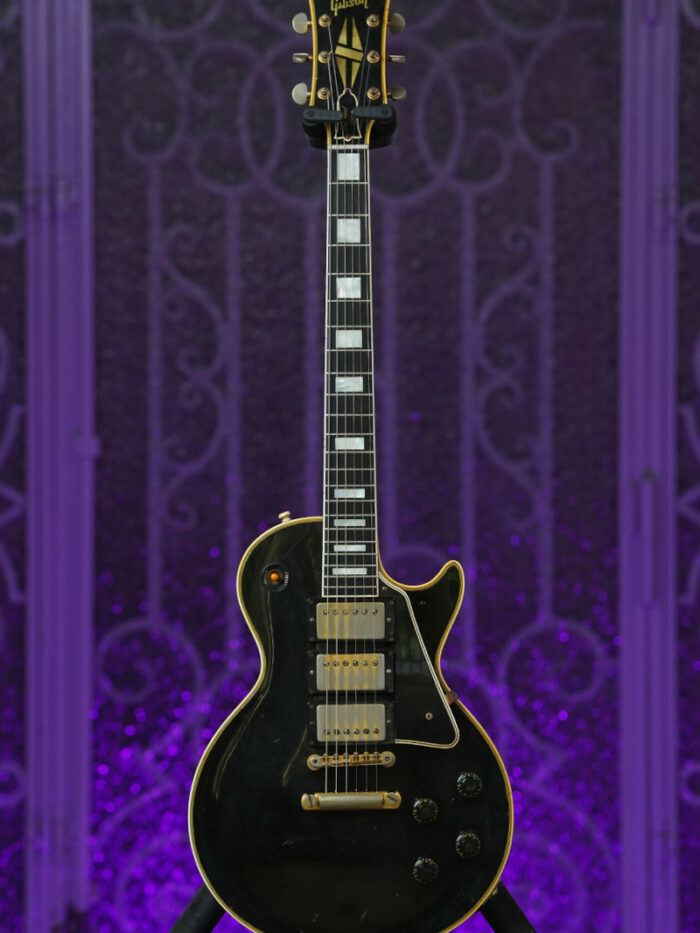
Reviews